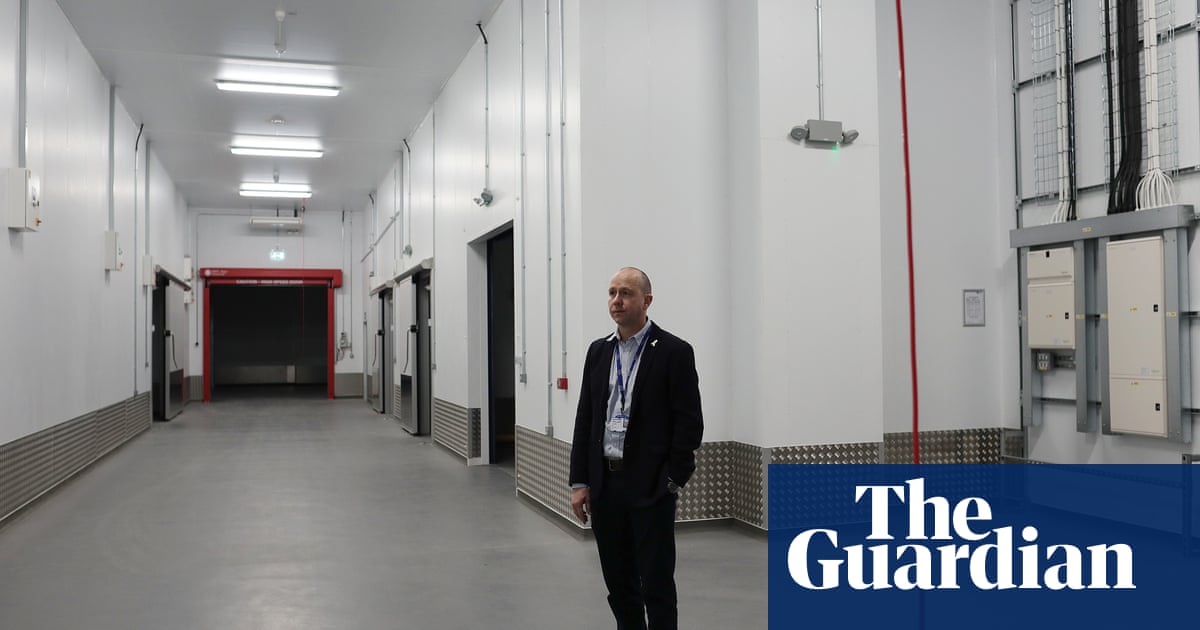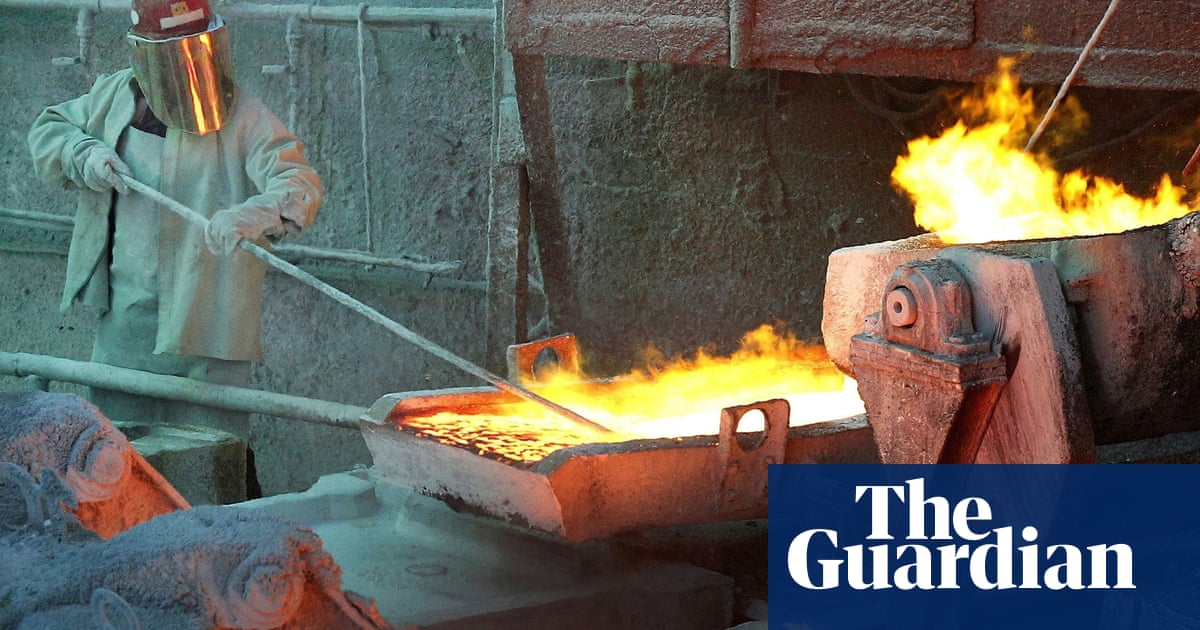District heating is sometimes talked about like some kind of unattainable utopia, but in the Swedish capital these low-carbon heating networks are not special.
In fact, district heat is so run-of-the-mill that many Stockholmers do not know that they have it, said Fredrik Persson, as he showed the Guardian around Stockholm Exergi’s pioneering power station in Norra Djurgårdsstaden, a former port and industrial area.
The roots of that success go back several decades. Like the UK, Sweden had problems with air pollution and acidification during the 1960s caused by coal combustion. But unlike Britain, which turned to the natural gas fields of the North Sea for a solution, resulting in Britain’s dependence on it for central heating today, Sweden instead mobilised around the idea of creating a shared “central chimney”.
“You could manage the combustion in one place, have proper purification of the flue gases and get better air quality centrally,” says the energy adviser and entrepreneur Ulrika Jardfelt, who was previously CEO of Svensk Fjärrvärme (Swedish district heating) and a vice-president at the Swedish energy company Vattenfall. This required the creation of district heating networks to transport the heat from a central boiler to individual homes and buildings. The initiative got a flying start when 1m new homes were built in the 1970s.
The greenness, or otherwise, of the systems depends very much on the inputs, she explains. If you’re using gas then they’re not that green. But if, as in Stockholm’s district heating network (which also claims to be the world’s largest district cooling system), the inputs include heat from residents’ wastewater, excess heat from the electricity used to cool datacentres and supermarket refrigerators, and steam from incinerated non-recyclable waste at combined heat and power plants, the carbon footprint will be far lower.
The story of Sweden’s district heating success is two-tier, says Adis Dzebo, a senior research fellow at Stockholm Environment Institute, with district heating and heat pumps meeting over 75% of energy demand. The two have successfully cut reliance on oil, which has gone from total dominance in the 1970s to less than 5% today.
A pivotal factor, says Dzebo, was the 1973 oil crisis – when the Organisation of Arab Petroleum Exporting Countries (OAPEC) introduced an oil embargo on Israel-supporting countries – prompting Sweden to invest heavily in renewable energy research and innovation, paving the way for the energy transition of the 1990s. “Sweden introduced a carbon tax in 1991 and together with having ample biomass resources, the change was rapid.”
This, combined with the dominance at the time of a multi-dwelling housing ownership system that was communal for both privately owned properties and social and rental housing, where owners had a share in the whole building, enabled shared heat networks to flourish. The development of nuclear and hydro, which stabilised electricity prices and paved the way for heat pumps in single-dwelling properties, also played a role.
But, says Dzebo, the leadership of municipal and state companies leading the transition was also crucial. “This allowed higher risk-taking and created co-benefits with creating labour opportunities. With innovation, Sweden became leading on combined heat and power plants, waste incineration and re-use of industrial waste heat.”
Sweden’s district heating prowess has attracted admiration from around the world. According to Swedish Energy Agency statistics, in 2023 district heating comprised 52% of total residential energy use for heating and hot water in Sweden. In comparison, district heating in the UK was less than 3% of the market share in 2022 – a figure that the British government wants to stretch to 20% by 2050.
after newsletter promotion
What, then, for countries that do not have long-established roots with district heating? The most efficient way is to use heat sources that are available locally, says Jardfelt, such as datacentres or flue gases from waste incinerators. But, she warns, it depends on property owners being willing to replace their existing boilers with district heating plants that draw heat from hot water in the district heating network. “Do you dare to trust that you will really get the heat you need and at a reasonable price? This may require government price regulation.”
At Stockholm Exergi’s pioneering power station in Norra Djurgårdsstaden they burn forestry waste to produce district heating. The company, which is half-owned by the city of Stockholm, plans to build a bio-energy with carbon capture and storage (BECCS) plant close to the site to produce negative emissions. They have already set up a research facility there and calculate that there is potential to capture 800,000 tonnes of CO2 a year at the plant. If this was emulated across the city, they claim that figure could rise to 2m tonnes. “This is the beginning,” says Persson, a company spokesperson. “But we hope that lots of others will follow.”
But there is no perfect or permanent solution to energy transition, says Dzebo. “It requires constant reconfiguration and agile decision-making. But, often the trade-offs can be perceived as being too high.”

.png) 1 month ago
29
1 month ago
29

















































